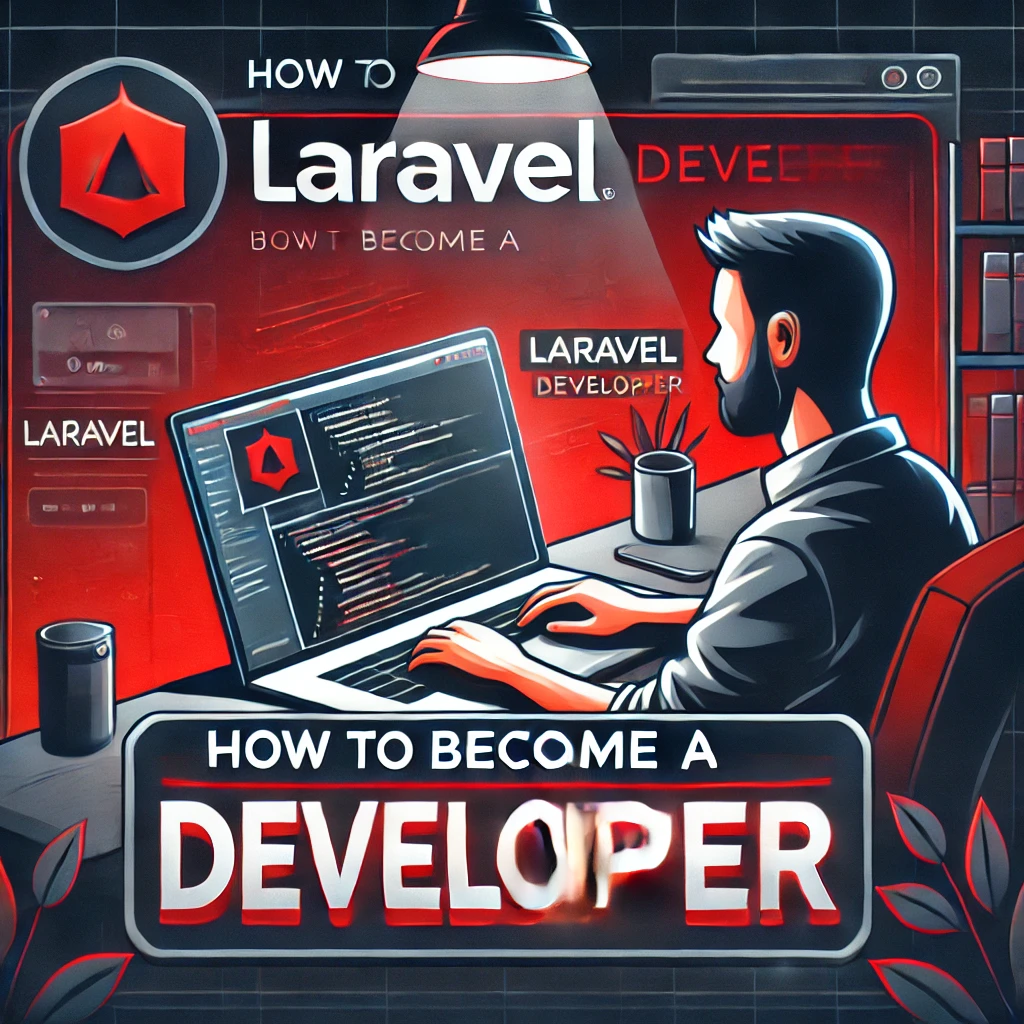
Title : How to Become a Web Developer: A Step-by-Step Guide
Web development is a high-demand career that offers great opportunities for those interested in technology and creativity. Whether you want to become a frontend developer, backend developer, or full-stack developer, this guide will help you get started on the right path.
1. Learn the Fundamentals
Before diving into complex frameworks, start with the core building blocks of web development:
HTML – The structure of web pages
CSS – Styling and layout
JavaScript – Adding interactivity
Great resources to learn from:
2. Choose Your Web Development Path
There are three main types of web developers:
Frontend Developer – Focuses on the user interface (React, Vue, Angular)
Backend Developer – Works on server-side logic (Node.js, PHP, Laravel, Python)
Full-Stack Developer – Handles both frontend and backend development
If you're new, start with frontend development and gradually learn backend technologies.
3. Learn a Frontend Framework
To build dynamic web applications, you need to learn a frontend framework such as:
React.js (Most popular and widely used)
Vue.js (Beginner-friendly)
Angular (Enterprise-level applications)
Mastering a frontend framework will make your websites more interactive and user-friendly.
4. Learn Backend Development
Once you're comfortable with frontend development, explore backend technologies like:
Node.js with Express.js (JavaScript-based backend)
PHP with Laravel (Great for building web applications)
Python with Django (Easy to learn and powerful)
Databases: MySQL, PostgreSQL, MongoDB
Backend development is essential for handling server-side operations, databases, and APIs.
5. Build Real-World Projects
The best way to learn is by building projects. Here are some ideas:
Personal Portfolio Website – Showcase your skills
CRUD Application – Manage users, posts, or products
E-commerce Website – Integrate payments and user authentication
Blog or CMS – Use a backend like Laravel or Node.js
Building projects helps you gain hands-on experience and strengthens your portfolio.
6. Learn Version Control (Git & GitHub)
Git is a crucial tool for developers. Learn how to:
Use Git for tracking changes
Host projects on GitHub
Collaborate with other developers
7. Deploy Your Websites
Once your projects are ready, deploy them online using:
Frontend hosting: Vercel, Netlify
Backend hosting: DigitalOcean, AWS, Heroku
Domain and hosting: Namecheap, GoDaddy
Deploying your projects makes them accessible to employers and clients.
8. Keep Learning & Stay Updated
Web development is constantly evolving. Stay updated by following:
9. Apply for Jobs or Freelance
Once you're confident in your skills, start looking for job opportunities or freelancing gigs:
Create a strong portfolio
Optimize your LinkedIn & GitHub profiles
Apply on platforms like Upwork, Fiverr, Indeed
Conclusion
Becoming a web developer requires dedication and continuous learning. Start with the basics, build real-world projects, and keep improving your skills. With persistence and passion, you can build a successful career in web development.
